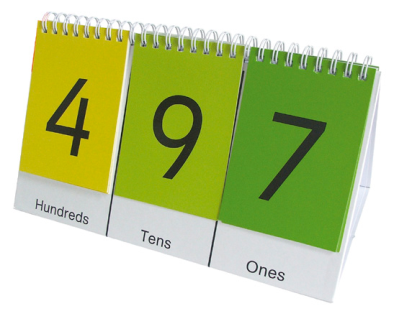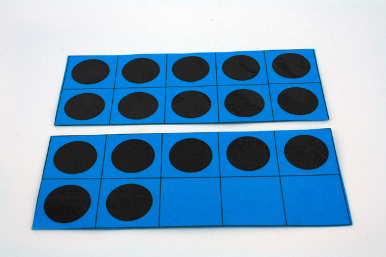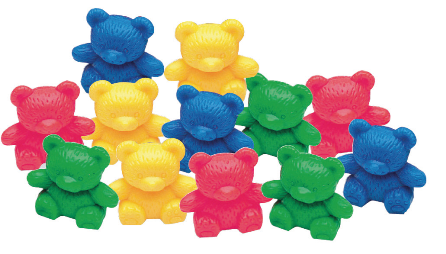Diagnostic questions
As you ask each question, write out the corresponding equation. After the student has recorded their answer, ask them how they worked it out.
- Jason has 7 trading cards. He gets a new pack with 10 more.
How many cards does he have now?
Answer: 17 - Anna has 43 trading cards. She gets a new pack with 10 more.
How many cards does she have now?
Answer: 53 - Leon has 30 trading cards and gets 27 new ones.
How many cards does he have now?
Answer: 57 - Leon has 57 cards and wants to have 100.
How many more cards does he need?
Answer: 43
What to notice in the student's response
Does the student solve these questions using:
- counting on?
- groups of ten?
- place value partitioning and basic facts?
For example, a student using place value may add 30 + 10 + 10 + 7, or 30 + 20 + 7 (recognising 27 as an element that can be split and reassembled).
Does the student use a strategy beyond counting-on to solve 57 + = 100?
For example, “3 more makes a new ten, and 4 more tens make 100”.
Deliberate acts of teaching
 Materials/Links
Materials/Links
- Place value flip chart
- Tens frames
- Number lines
- Make a Ten (Number and Algebra, level 2)
- Plastic animals or counters
- Transparent bags
Understanding that a group of 10 is a unit is fundamental to understanding place value.
Focus on the early additive concept of making tens, and the concept of working with tens and ones separately, when solving problems. Revisit the AC-EA learning experiences (Book 5: Teaching Addition, Subtraction, and Place Value), giving the student guided practice and an opportunity to work with equipment.
Use a place value flip chart to show how tens and ones can be added separately.
Make a Ten
Use the Make a Ten lesson outline on www.nzmaths.co.nz (lessons, Digital Learning Object links, and other activities).
Construct models using tens frames and track movements on a number line.
Allow the student to construct their own materials to use when they solve simple problems. For example, the student could place groups of 10 bears in transparent bags. Ask the student how many bears they have if they have 2 bags and 4 individual bears.
What to do next if the student is stuck
Revisit working within ten until the student can visualise both a full tens frame and one with empty spaces. Gradually progress to “ten and ” to make a teen number.
Initiating home-based activities
Use the games listed on the Number Facts Activities for Advanced Counting Children page in the Families section on www.nzmaths.co.nz. The student can explain their reasoning to their parents and suggest other ways to work out answers. Adjust the size of the numbers to suit the student.
Next teaching steps back in the classroom
The student should work in a small group to solve problems involving two-digit numbers. Encourage the student to look for opportunities to make a ten. Praise attempts at part–whole thinking.


